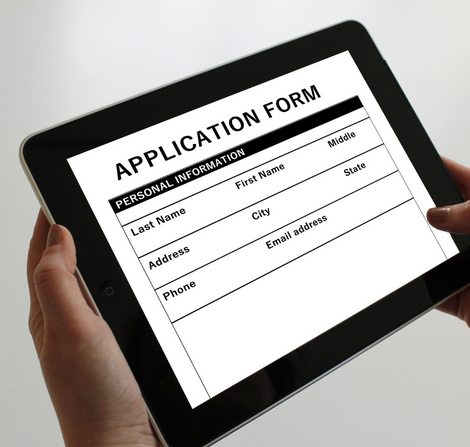Yes, you can change or cancel your insurance policy if you change your mind. Most insurance companies allow policyholders to make changes to their coverage, including cancellation, within a certain period after the policy's effective date. The process and terms of canceling a policy vary depending on the insurance company and type of policy, so it is important to check with your insurance company to understand the specific rules and procedures. Some insurance policies may also have penalties or fees for cancelling before the policy's term ends.


About SurakshaOnline

We make your suraksha process easy.
Our company is a leading provider of insurance and investment solutions, dedicated to helping individuals and businesses secure their financial future. With years of experience and a commitment to excellence, we offer a wide range of products and services designed to meet the unique needs of our clients.
We offer a wide range of products.
Our products are designed to provide financial protection and peace of mind in case of unexpected events. Whether it is health, life, motor, travel, home, or personal accident insurance, insurance products offer a variety of coverage options to meet different needs and budget constraints.
Over 400,000 insured,
Over 100,000 invested

We've made your suraksha easy.

Step 1
Book an appointment at a time that suits you.
If you're interested in learning more about insurance, investment products and how they can benefit you, fill out an online appointment form to schedule a consultation with an insurance expert.

Step 2
Consultation.
Online consultation of insurance and investment products provides a convenient and efficient way to understand and compare various options available to meet your financial goals and secure your future. With the help of technology, you can now access expert advice and customized recommendations from the comfort of your own home.

Step 3
Apply for Policy
Filling out an application form for insurance or investment products online has never been easier! By taking just a few minutes to complete the form, you can take the first step towards securing your financial future. With the convenience of an online application, you can easily compare different insurance and investment options, choose the one that best fits your needs, and submit your application from the comfort of your own home or office.

Step 4
Policy Approved
The insurance or investment policy approval process is a crucial step in securing financial protection and planning for the future. After submitting your application form online, a team of experts will review and assess your coverage needs and personal information to determine the best policy options for you. They will then check your policy details and make sure everything is accurate and up-to-date.
Stay healthy, stay protected with us.
By investing in a health, motor insurance policy, you not only secure your health but also ensure that your finances remain stable, even in case of medical emergencies.

FAQs
If you miss a premium payment for your insurance policy, the insurance company may take certain actions, depending on the terms and conditions of your policy. Some common consequences of missing a premium payment can include:
-
Policy Lapse: Your policy may lapse, which means that the coverage will end and you will not be protected by the insurance policy.
-
Policy Revocation: Your policy may be revoked, which means that the insurance company may cancel the policy.
-
Penalty: You may be charged a penalty fee for late payment, which may increase the cost of the policy.
-
Reinstatement: If you have a lapsed policy, you may have to pay a higher premium and go through a reinstatement process to get coverage again.
It's important to contact your insurance company immediately if you miss a premium payment and understand the consequences so you can take action as soon as possible.
The insurance claim process usually involves the following steps:
-
Report the loss or damage: The policyholder must immediately report the loss or damage to the insurance company. This can be done through the company's website, customer service hotline, or local branch office.
-
Provide documentation: The policyholder must provide documentation of the loss or damage. This typically includes a police report (for theft or damage), proof of ownership, and a detailed description of the loss.
-
Submit the claim: The policyholder submits the claim to the insurance company. This can be done through the company's website, customer service hotline, or local branch office.
-
Assessment of the claim: The insurance company assesses the claim and verifies the policyholder's eligibility for coverage. This involves an investigation into the cause of the loss, an evaluation of the damages, and a determination of the policyholder's liability.
-
Payment of the claim: If the claim is approved, the insurance company pays out the policyholder's claim, usually in the form of a lump sum or installment payments. The payment may be made directly to the policyholder or to a third party, such as a repair shop or medical provider.
-
Follow-up: The policyholder may need to follow up with the insurance company to ensure that the claim has been processed and that the payment has been received.
Note: The specific process and requirements for a claim may vary depending on the insurance company and the type of insurance policy.
